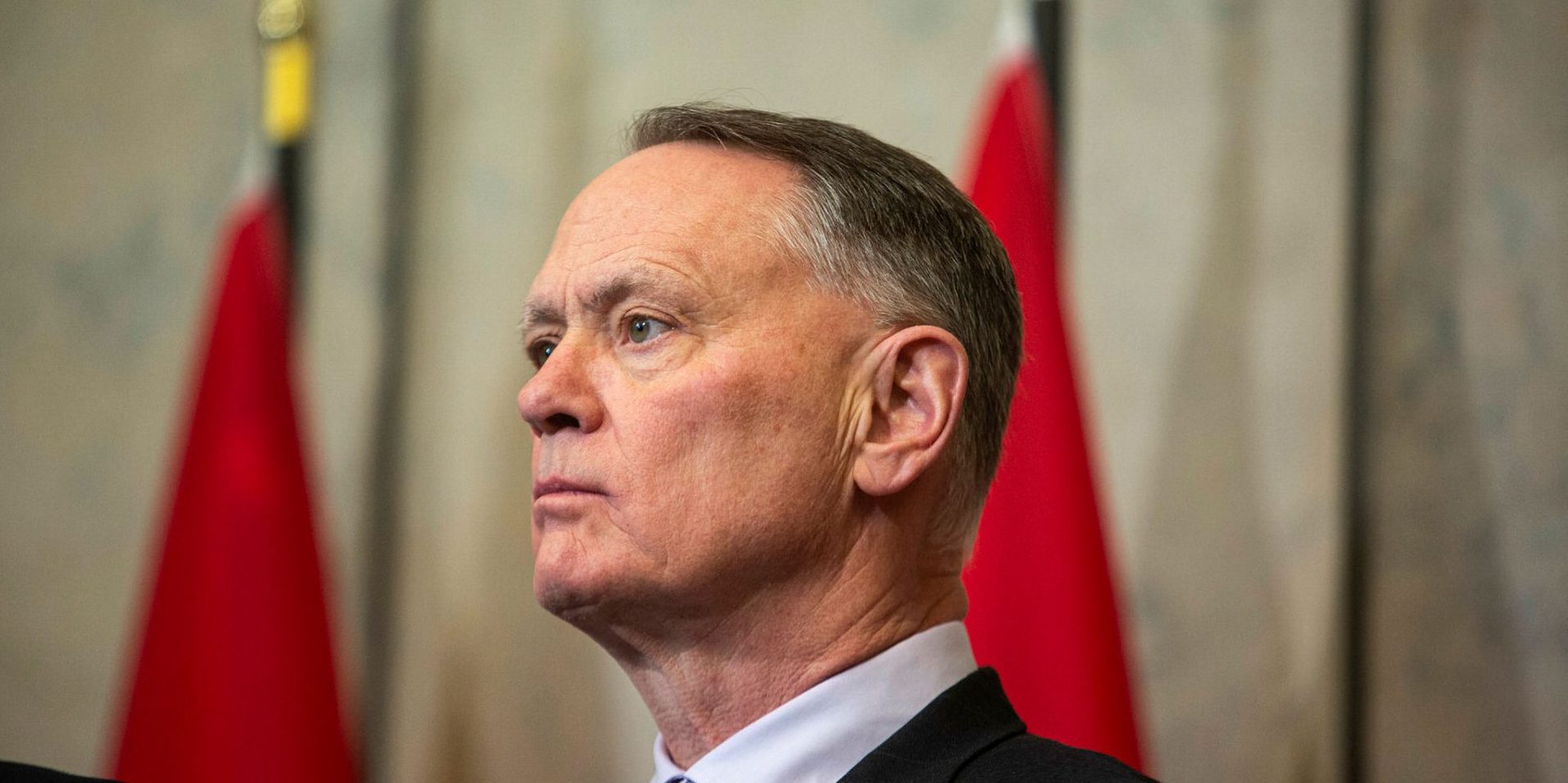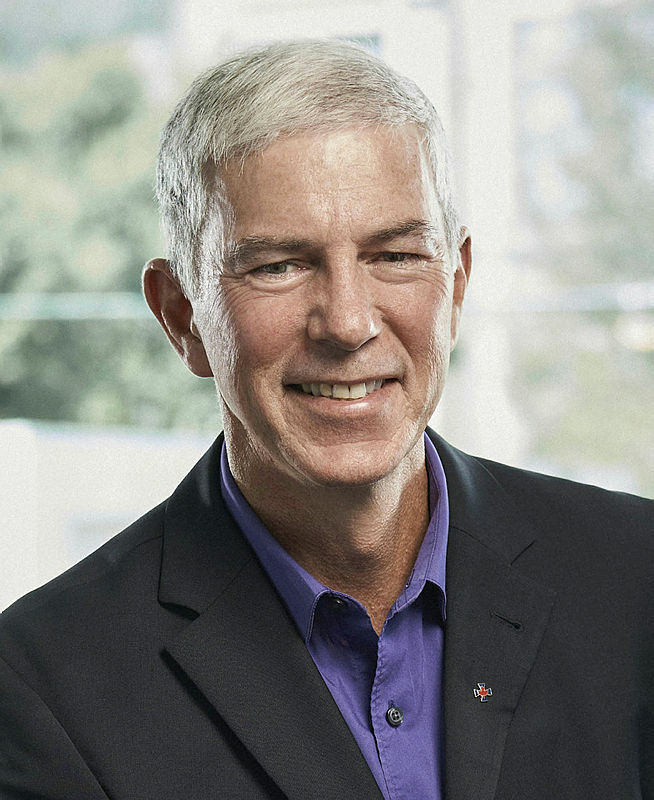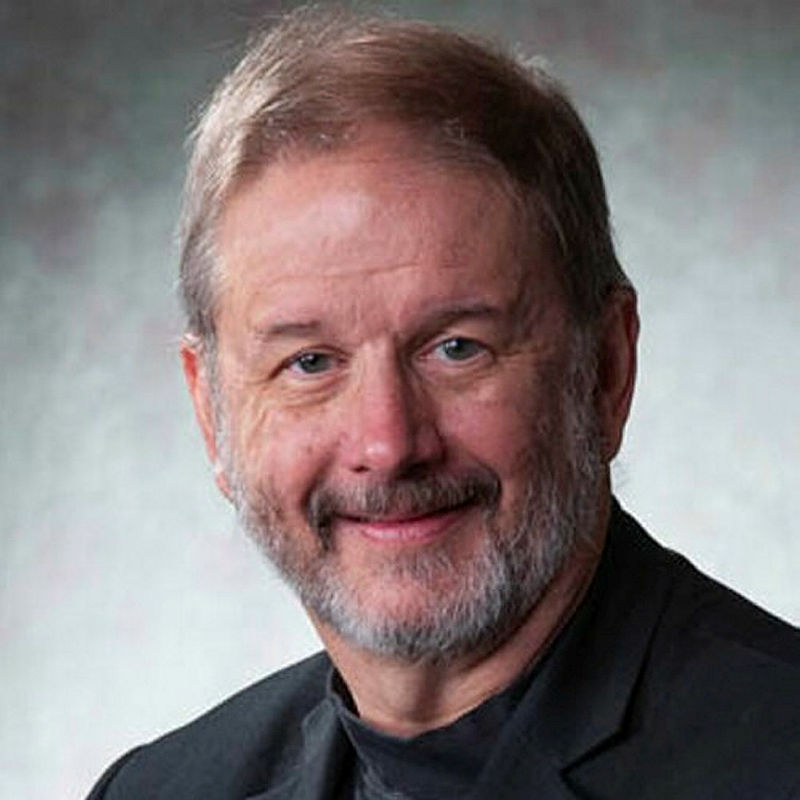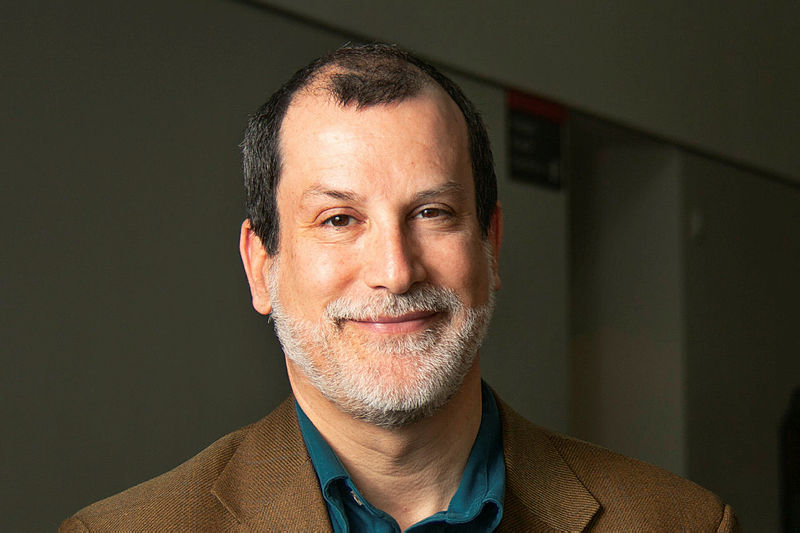Minister McGuinty faces challenge to modernize military under unstable U.S. relationship: defence experts

A shakier relationship with the United States and a low-level of operational readiness for Canada’s military could make this the most difficult time in decades for someone to take over the defence portfolio, according to sector experts who say that the new minister’s background in national security could at least give him a head start.
Defence Minister David McGuinty (Ottawa South, Ont.) assumed his current portfolio on May 13, after serving as minister of public safety since this past December. His background also includes serving as chair of the National Security and Intelligence Committee of Parliamentarians (NSICOP) between January 2022 and December 2024. During that period, NSICOP notably released a major report on foreign interference, which included a number of recommendations of legislative and governance changes to help Canada better respond to national security threats from abroad.
“I think [McGuinty] was pretty widely regarded for his role at that [NSICOP] committee, and then, in his relatively brief, but consequential, stint as public safety minister, he seemed to have been able to come into a file that was very charged, politically,” said David Perry, president of the Canadian Global Affairs Institute (CGAI). “To the extent that he personally was responsible for helping deal with the border issues—issues around fentanyl—and moving them off of a front-burner issue … on Canada-U.S. relations, I think I take that as a positive indicator of his capacity to help navigate some other thorny Canada-U.S. relations in particular.”
Perry told The Hill Times that as McGuinty takes on the defence minister role, a major challenge for him will be modernizing the country’s military at a time when Canada’s relationship with the U.S. is “very much in flux.” Prime Minister Mark Carney (Nepean, Ont.) announced in March that Canada’s old relationship with the U.S., “based on deepening integration of our economies and tight security and military co-operation,” is over.
Perry referred to three of Canada’s defence modernization plans—the Strong Secure, Engaged defence policy released in 2017, the $38.6-billion plan to modernize North American Aerospace Defense Command (NORAD) released in 2022, and the Our North, Strong and Free vision for Canada’s defence, released in 2024—which he collectively described as the most significant modernization initiative for Canada’s defence since the Second World War, but all of which are yet to be fully implemented.

“Most of the initiatives that we have planned as part of that big set of investments across those three different policies … they’re all predicated on the assumption of an increasingly tight, integrated working relationship with the United States on defence, and however that is changing in the prime minister’s mind has to be quickly decided because it impacts most of our current defence planning,” said Perry.
Statistics released by the Department of National Defence show that Canada’s military is also at the lowest level of operational readiness in decades, according to Perry.
The National Defence 2023-24 Departmental Results Report, released on Dec. 17, 2024, showed a decline in the percentage of Army and Navy equipment that is supposed to be ready for training and operations.
The percentage of key land fleets that are serviceable to meet training and readiness requirements in support of concurrent operations dropped from 56 per cent in 2022-23 to 49 per cent in 2023-24, according to the report. The target for the Army in this area is supposed to be at least 80 per cent.
The percentage of serviceable key maritime fleets dropped from 51.2 per cent in 2022-2023 to 45.73 per cent in 2023-2024. The target for the Navy in this area is supposed to be at least 60 per cent, says the report.
Key risks identified in the report were related to military strength, competencies, and maintenance.
“There is a risk that DND/CAF will not have the right military personnel, in the right numbers, at the right place, and at the right time,” reads the report. “There is a risk that DND/CAF may have difficulty maintaining its materiel capabilities at the right level to support operations.”
Perry told The Hill Times that, “Basically, only one in every two pieces of equipment, Army vehicles, planes, or ships is actually operationally ready to deploy.”
“We do have troops, sailors, [and] aviators in a bunch of places around the world, but our ability to do very much at all beyond what we have currently committed to is very, very limited for the next little while,” he said.
Retired Lt.-Gen. Guy Thibault, president of the Conference of Defence Associations, told The Hill Times that he thinks McGuinty’s time as an MP has shown him to be reliable, and focused on his constituency.

“I think that the fact that he has been leading as chair of the National Security and Intelligence Committee of Parliamentarians means that he has been, certainly, involved in the national security conversations for Canada now for a few years. I think that gives him a head start … in coming into this new role as minister of national defence,” said Thibault. “Obviously, he didn’t have a lot of time as the minister of public safety and emergency preparedness. It was a very short time, but … it did at least give him some of the insights of being around the cabinet table, which I think is really important as well.”
Thibault argued that, while the federal government may be reassessing its relationship with the U.S., Canada doesn’t have the luxury of severing economic and military ties altogether.
“I know that there’s a lot of discussion about what that new relationship is going to look like, and … I think that’s important, but I don’t think we should see that as being, somehow, disconnecting from the United States. I think we need to really establish a strong relationship with the United States going forward,” he said. “I think for the minister of national defence, that’s not exclusively his area of responsibility, but I do think that this security relationship is really important for Canada, and I think that’s going to be important for this minister to work on.”
Rob Huebert, a political science professor at the University of Calgary and interim director of the Centre for Military Security and Strategic Studies, said that the current instability in Canada’s relationship with the U.S., as well as security risks posed by Russia and China have created a threat environment possibly not seen since the international volatility following the Cuban Missile Crisis in 1962.
When asked for an evaluation of McGuinty as defence minister, Huebert said McGuinty’s background has a focus on the environment, but also added he doesn’t want to sell the minister short because he could be a fast learner.
McGuinty is an environmental lawyer by profession, and previously served as vice-chair of the House Environment and Sustainable Development Committee in 2010, as the Liberal environment critic between 2007 and 2008 and between 2009 and 2010, and as president and CEO of the National Round Table on the Environment and the Economy between 1995 and 2004.

“It’s hard to find anything in his background that says, ‘Yes, here’s a person that has been trained and has thoughts about the situation that we’re facing,’” said Huebert. “Carney has said that he’s going to be doing things differently and allow the ministers to have a greater say. If that’s the case, then I think I’d just feel a little bit more comfortable if, in fact, he had more background in understanding the international crisis situation as it is evolving.”
Michael Murphy, a post-doctoral fellow at Queen’s University’s department of political studies and Centre for International and Defence Policy, said although McGuinty is stepping into his new role during a tense and difficult time internationally, those challenges might be offset somewhat by domestic changes that could make it easier for a defence minister to do their job.
As an example, he pointed to the mandate letter for Carney’s cabinet, released by the prime minister on May 21. Defence priorities outlined in the letter included the goal of strengthening the Canadian Armed Forces and securing national borders as a way to protect the country’s sovereignty and to keep citizens safe. The letter also stated a priority will be establishing a new economic and security relationship with the U.S.
Murphy described the Carney government as having a level of focus on defence that was not seen during the administration of former prime minister Justin Trudeau.

“We have a strong multi-party consensus … that defence spending needs to increase. That has not previously been the case across provinces and across parties at the federal level,” said Murphy. “I think some of those internal roadblocks that have made national defence a difficult portfolio in recent years are going away.”
Murphy called McGuinty an interesting choice for defence minister. He said McGuinty is a fresh face, in the sense that he was not part of the Trudeau inner circle, but argued he does have “long-standing experience.”
“Seven years as the chair of the National Security and Intelligence Committee of Parliamentarians means that he has been following a lot of these files,” said Murphy. “We might not necessarily recognize when he’s drawing on that experience, but I do think it’s a very unique background that he brings to the role.”
Murphy said he will be interested to see how much of a “Team Canada” approach the Liberal government applies to the defence portfolio.
“A lot of the challenges that Canada would face in increasing defence spending and acquiring new capabilities while also, perhaps, prioritizing internal vendors rather than American vendors—this is going to require collaboration with industry and the new artificial intelligence and digital innovation minister portfolio, however those end up constituted,” he said.
Stephen Saideman, director of the Canadian Defence and Security Network and the Paterson Chair in International Affairs at Carleton University, said challenges that McGuinty will need to navigate include Canada’s relationship with the U.S., and recapitalizing the military.
The “Golden Dome,” a defence program recently proposed by U.S. President Donald Trump that would use powerful laser weapons in low-Earth orbit to counter missile and nuclear attacks, will be “a real challenge,” according to Saideman.

“It’s going to be hundreds of billions of dollars, and there’s no way that Canadians are going to be able to pay whatever Trump thinks is a fair share of that,” he said.
The Prime Minister’s Office has confirmed that Canada is in talks with the U.S. about the Golden Dome, as reported by Global News on May 20.
When asked whether McGuinty is up to the task of being defence minister, Saideman said he “has the right background to do this job.”
“I think McGinty is probably the right person within the Liberal Party to do this kind of thing, but the proof will be in how he actually does it. It’s early days,” he said.
The Hill Times
Canada defence spending statistics
- Canada’s 2024 defence policy update, Our North, Strong and Free (ONSF), committed to invest $8.1-billion over the next five years, and $73-billion over the next 20 years in national defence.
- With these funding commitments. and including National Defence’s contribution to Refocused Government Spending, DND spending is on track to more than double in the fiscal year of 2025-26, compared to fiscal year 2016-17, when the defence policy Strong, Secure, Engaged was released.
- At the North Atlantic Treaty Organization (NATO) Summit in Washington, D.C., in July 2024, the federal government announced its commitment to continue increasing Canada’s defence spending in order to reach two per cent of Canada’s gross domestic product (GDP) by 2032.
- For the fiscal year of 2024-25, Canada’s defence spending is projected to reach 1.37 per cent of its GDP, with 18.6 per cent devoted to major equipment, up from 1.31 per cent of GDP and 14.8 per cent on major equipment in the fiscal year of 2023-24.
- The Parliamentary Budget Officer (PBO) published a report on Oct. 30, 2024, that estimated Canada’s defence budget would have to rise to $81.9-billion by 2032-33 to meet the NATO two-per-cent target. This would represent a significant increase from the $57.8-billion projected for 2029-30 in ONSF.
- The PBO labels the ONSF GDP forecast as “erroneous” as it assumes a nominal GDP growth rate of 1.7 per cent, which “does not even keep pace with inflation and therefore assumes a four-year economic recession, almost twice the length of the country’s longest recession in the last 40 years”.
- Using the PBO’s GDP forecast, Canada’s projected defence spending-to-GDP ratio changes to 1.58 per cent by 2029-30 (compared to the ONSF projection of 1.76 per cent).
—Source: Supplementary Estimates (B) – Department of National Defence and the Canadian Armed Forces, released on Nov. 21, 2024






 LICENSING
LICENSING PODCAST
PODCAST ALERTS
ALERTS













